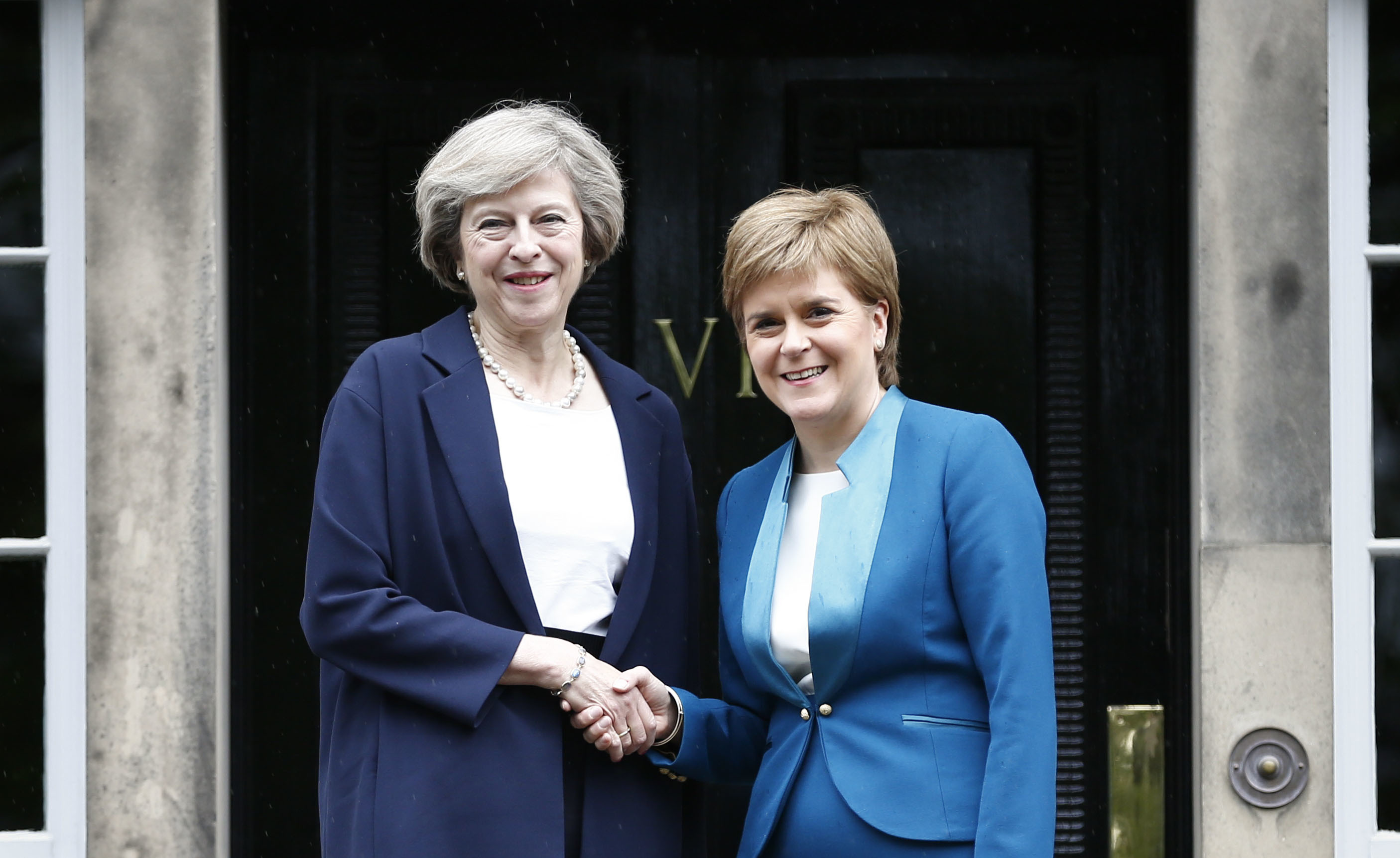Theresa May and Nicola Sturgeon must not ignore the democratic will of Scots that was expressed in the last two referendums, says a senior Labour MSP.
Scotland went against the grain by voting to Remain in the EU last month, nearly two years after it rejected a breakaway of the UK.
Scottish Labour’s Jackie Baillie told the Prime Minister and First Minister, who met at Bute House today to hold talks over Scotland’s constitutional status, that the outcome of those ballots must be respected.
She said: “Scottish Labour has fully supported Nicola Sturgeon to get the best deal for Scotland. We welcome this meeting between the Prime Minister and the First Minister and the commitment from both of them to explore all options available.
“Theresa May and Nicola Sturgeon cannot ignore the results of both of Scotland’s referendums. People voted overwhelmingly for Scotland to stay inside the EU and the UK.
“Respecting the democratic will of people across Scotland and finding a solution that delivers on both results should be their first priority.
“The Prime Minister has said that she will not trigger Article 50 until there is a UK approach for the negotiations.
“This should be a cross UK and cross Government approach that involves the leaders of all of the UK’s devolved Governments.”
Earlier yesterday, the newly-appointed Brexit secretary David Davis said that Britain will be in a position to start the official exit process “before or by the start of next year”.
He said the formal process of leaving should begin after consultation with businesses, devolved administrations, trade unions, universities and research institutions.
“This is one of the reasons for taking a little time before triggering Article 50. The negotiating strategy has to be properly designed, with serious consultation,” Mr Davis wrote in The Sun.
“This whole process should be completed to allow triggering of Article 50 before or by the start of next year.”










